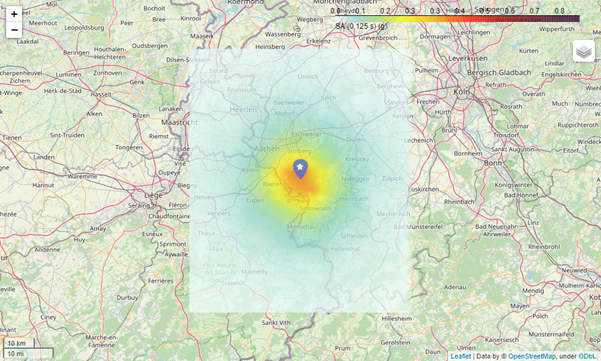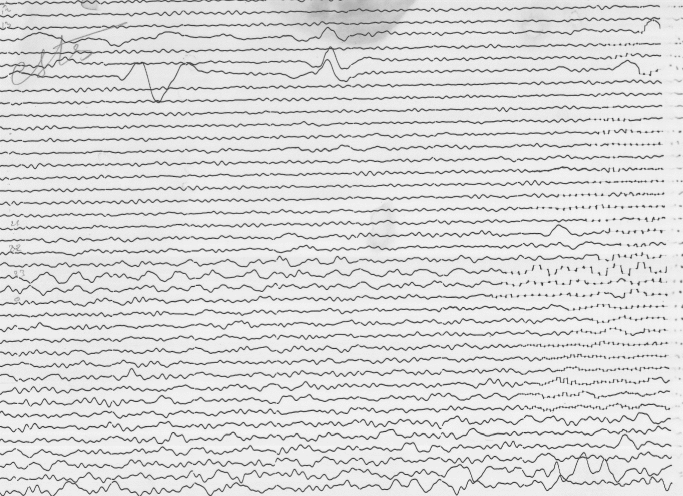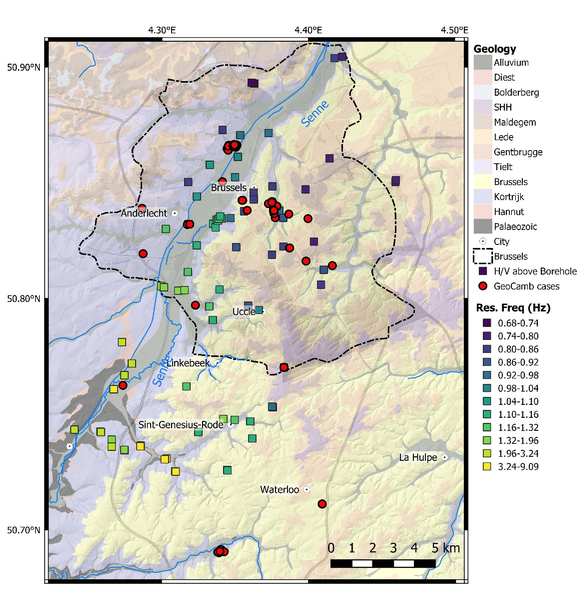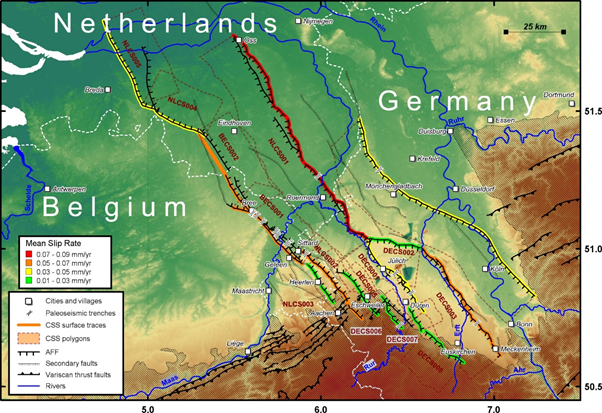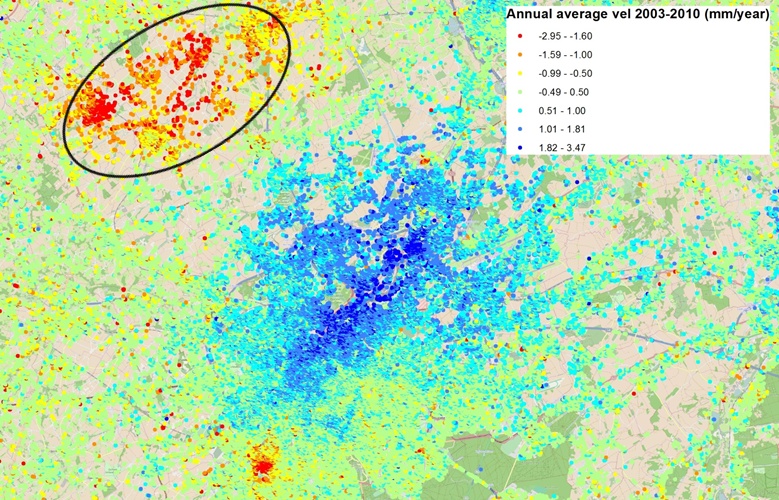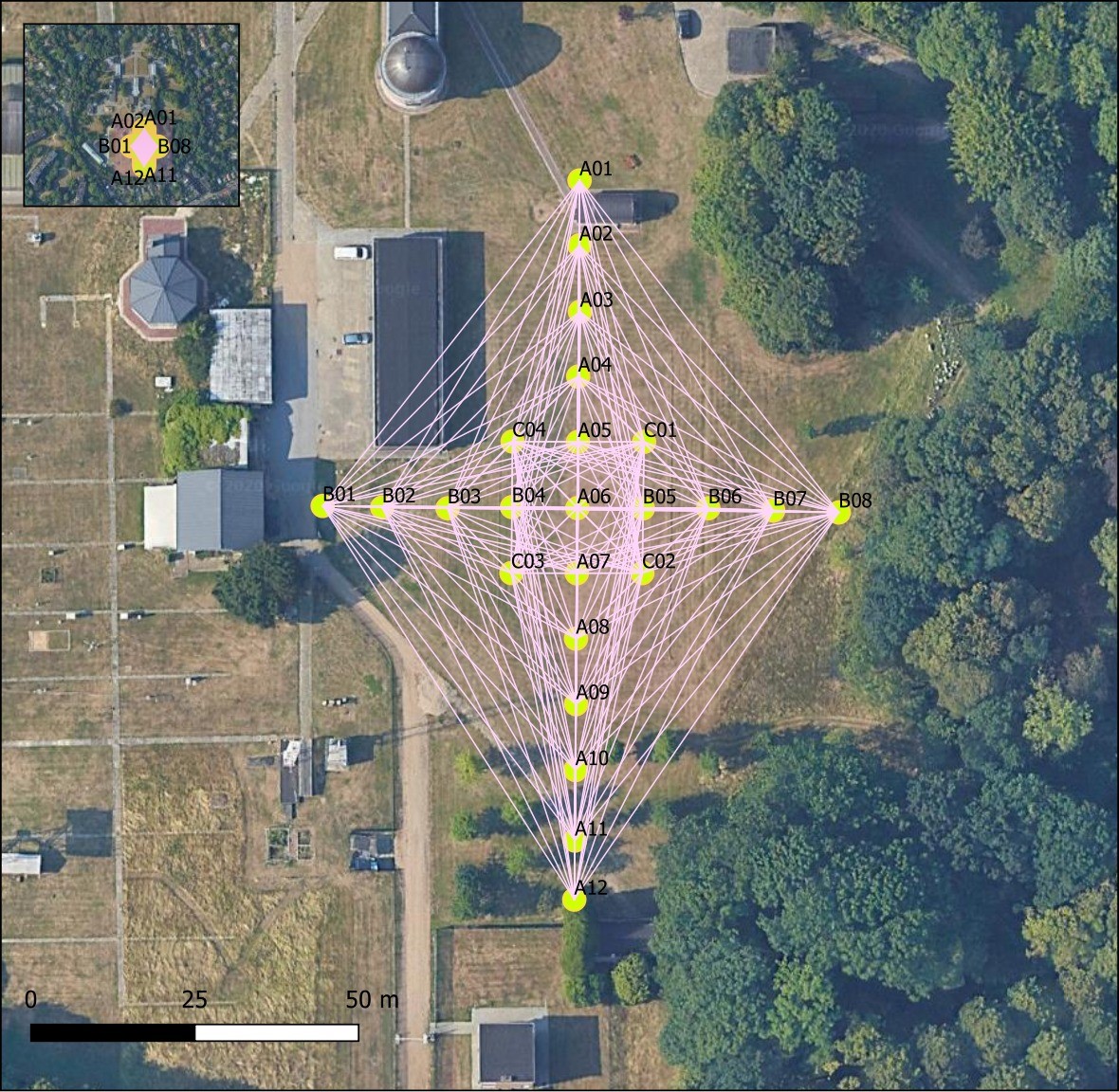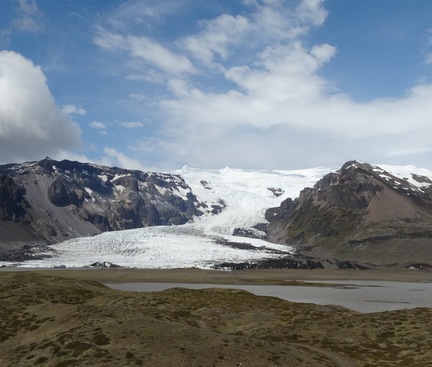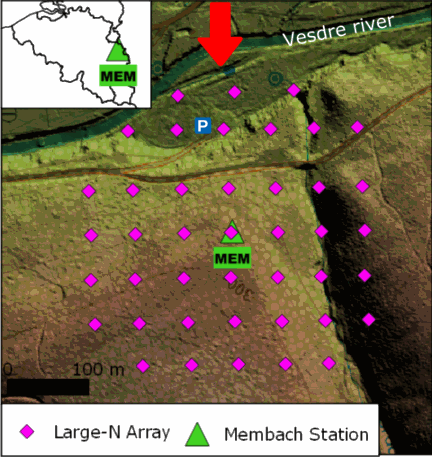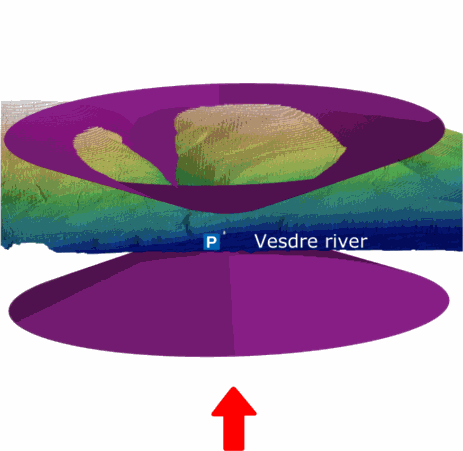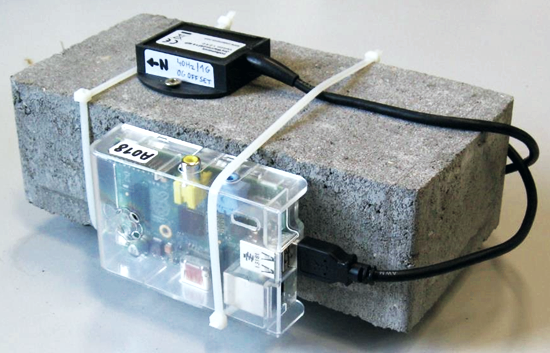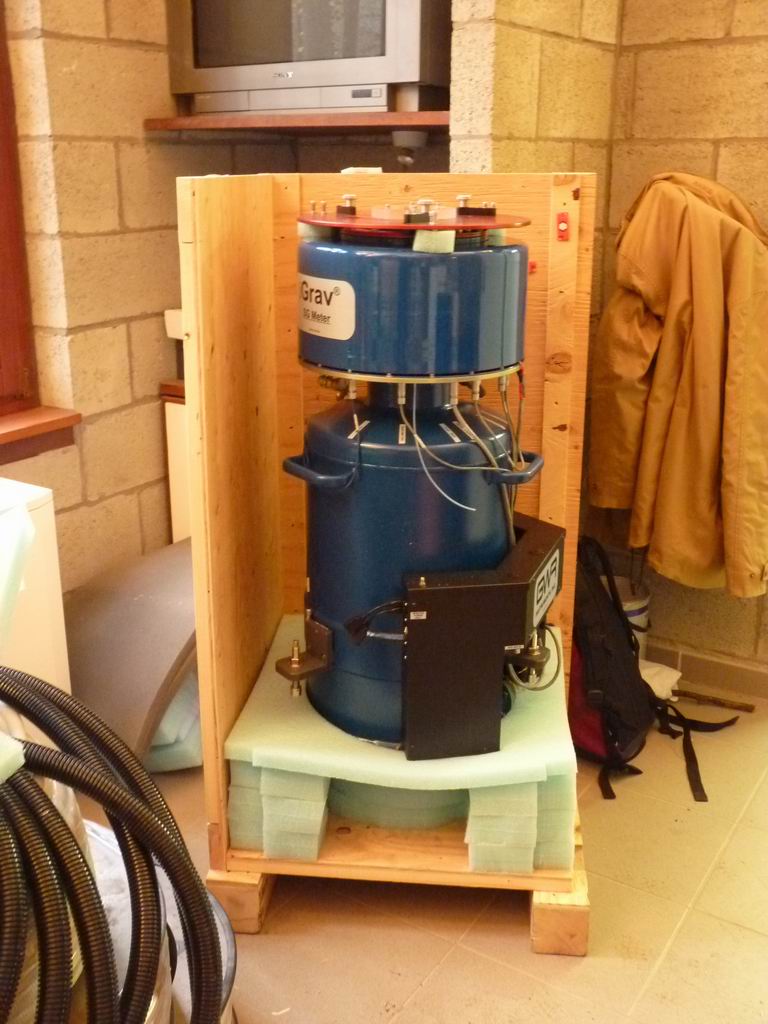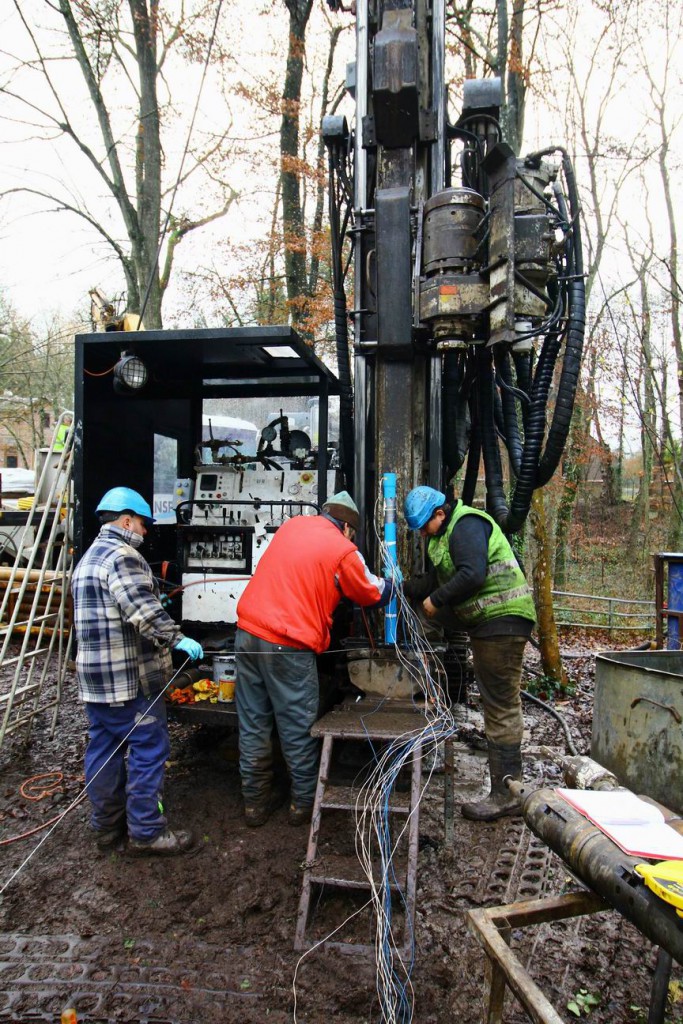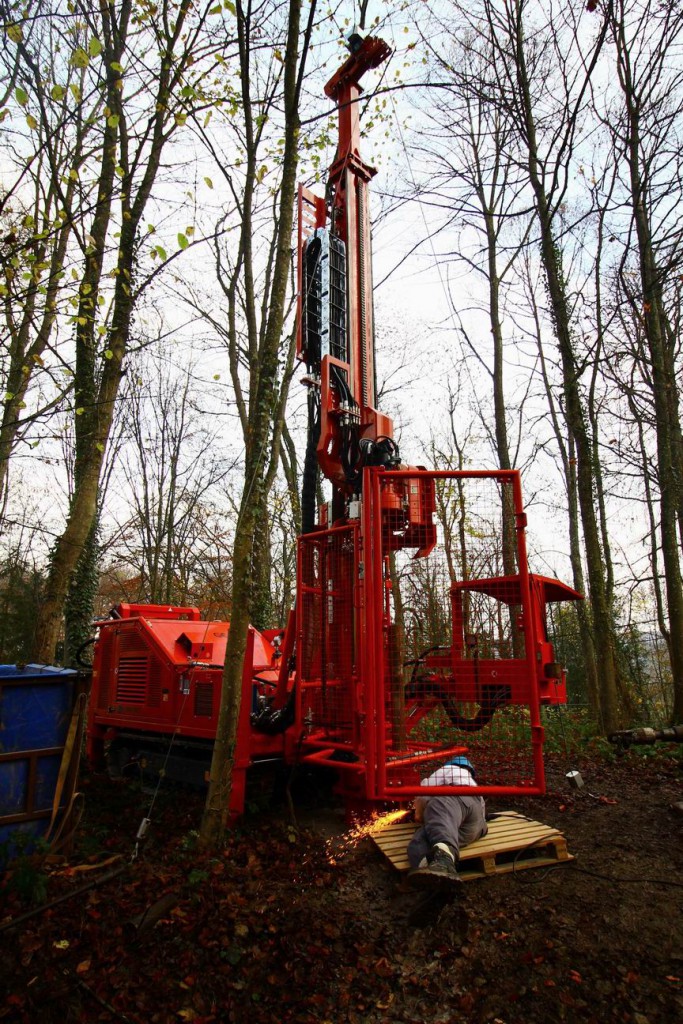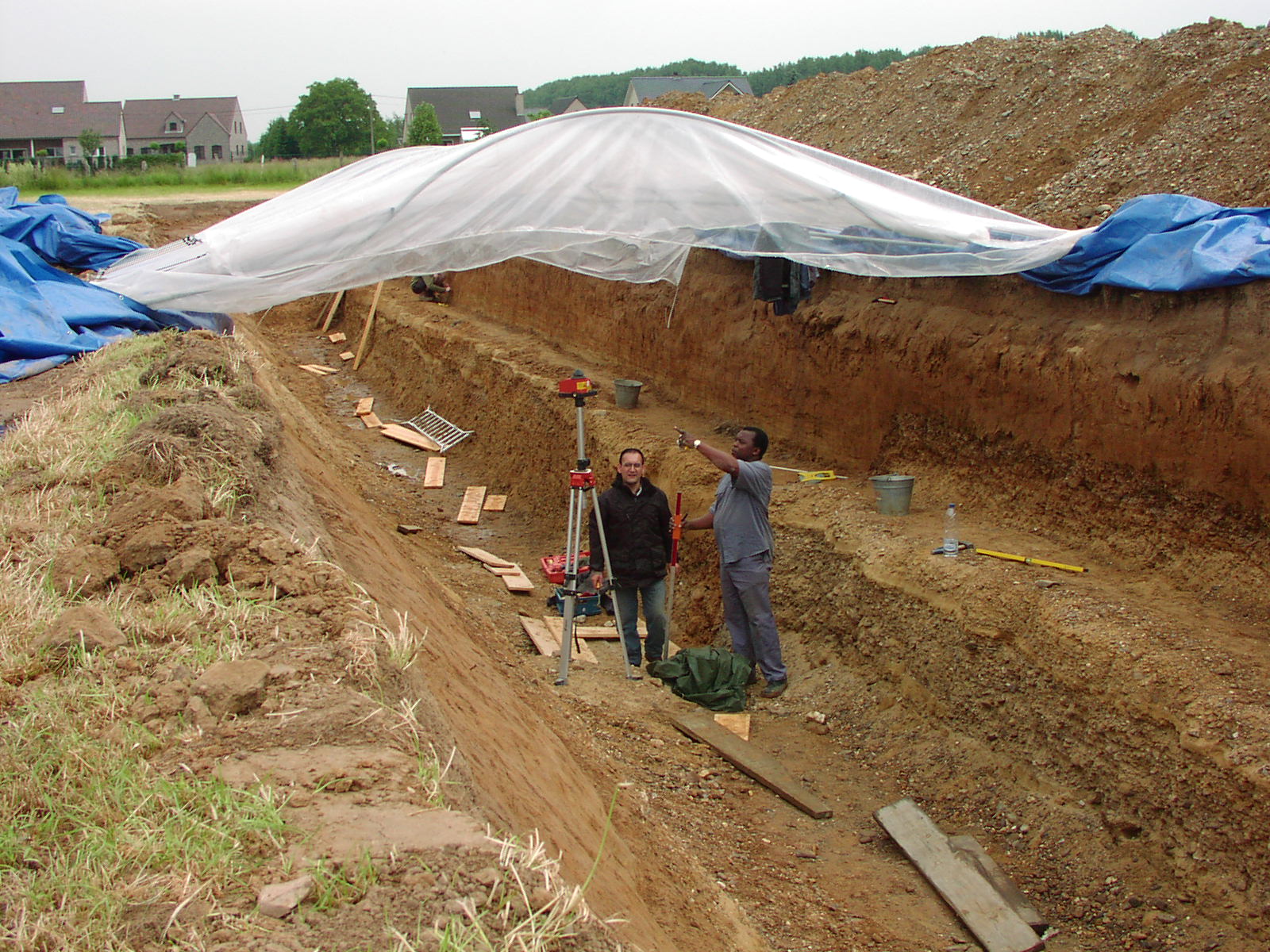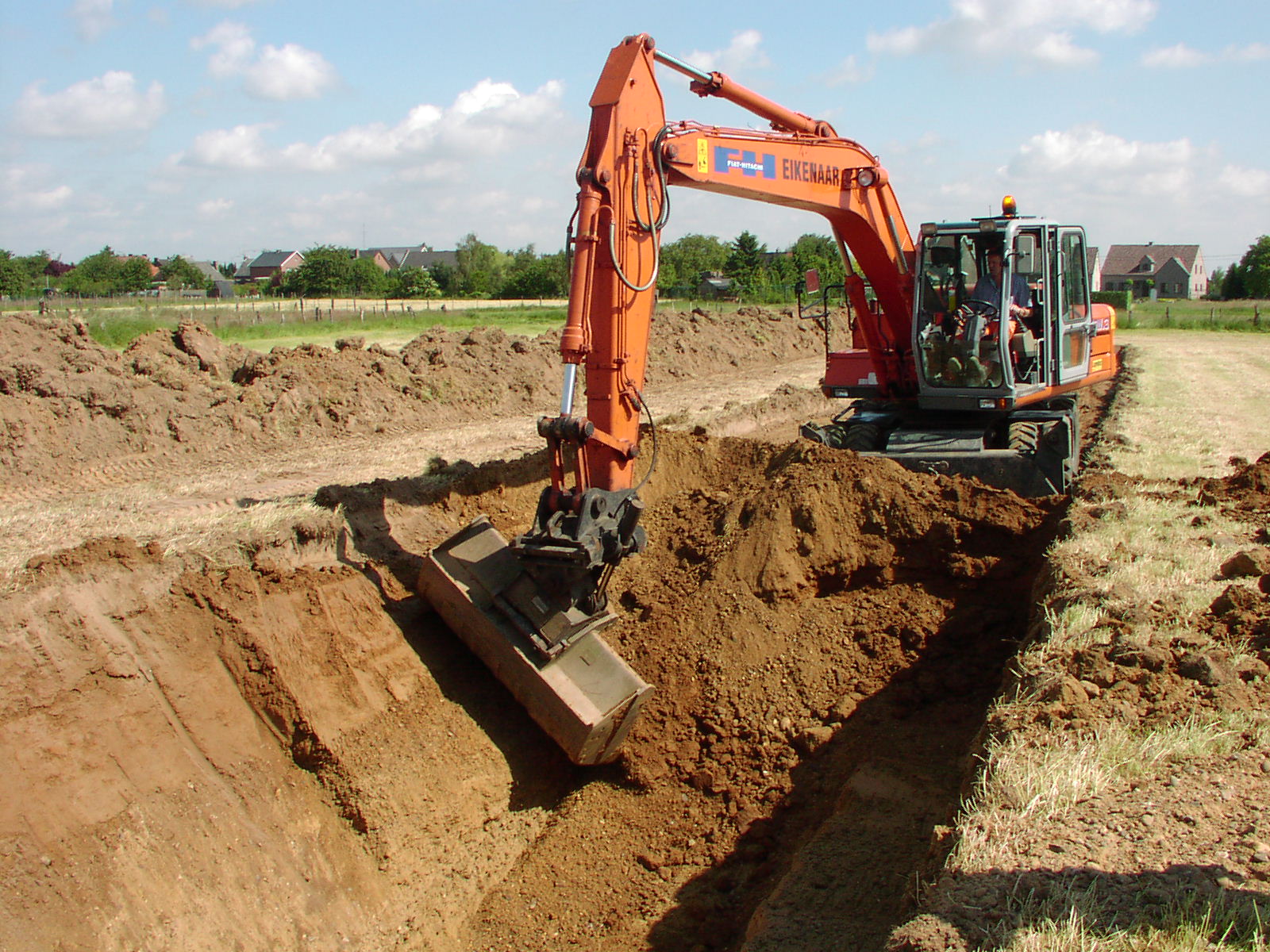Monitoring Land Subsidence caused by Groundwater exploitation through gEOdetic measurements (LASUGEO).
Groundwater is a hidden resource, which is quantitatively much more significant than surface waters. Their exploitation and the impacts at the surface created by groundwater withdrawals essentially for human (drinking water) and industrial needs are generally difficult to estimate, monitor and plan. It is difficult to adequately locate and quantitatively appreciate surface impacts, resulting in a lack of awareness and/or evidence regarding the extent of risks and pressures facing the growing groundwater needs. The main objectives of the LASUGEO project are associated to the groundwater exploitation that has hitherto provoked unforeseen land surface movements (subsidence sometimes followed by a non-elastic rebound during the aquifer recharge).
Read more...

